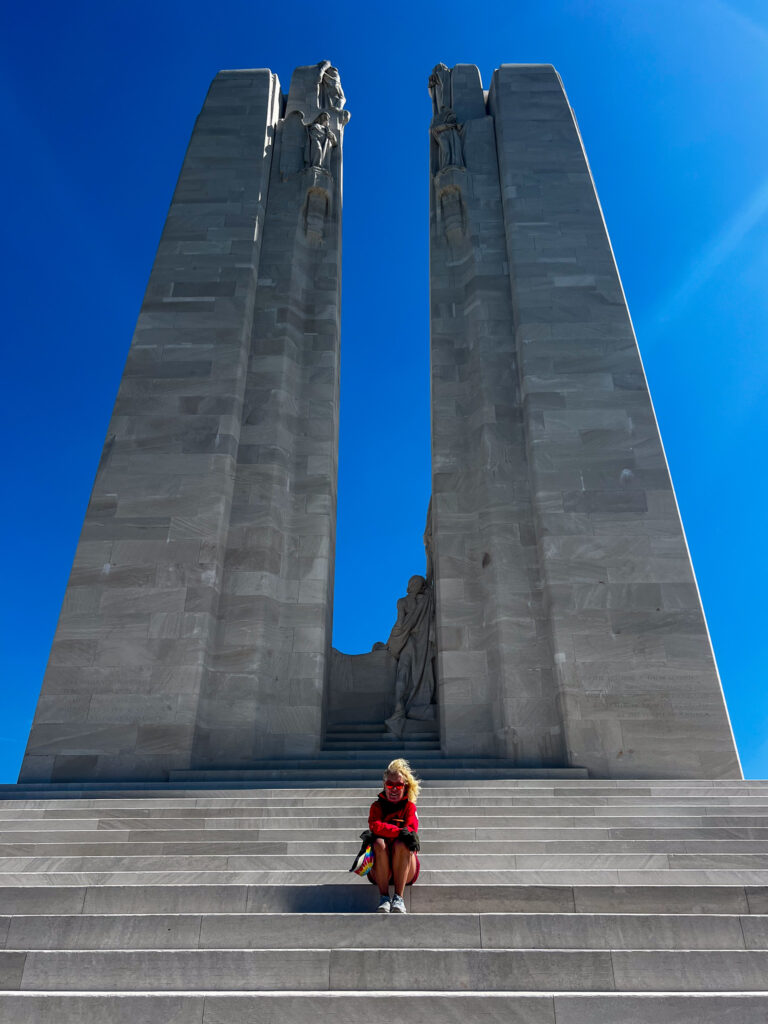
Our ride from Arras to Lille was basically 53 kilometres of unremarkable roads. We kept meeting up with the gang of British scooter riders (the riders were British) from our hotel in Lille. That group of twenty or so had toured Normandy last year, this year it was Vimy. Some of them bring their wives, some are on their own. They place wreaths with the banner of their ‘scooter club’ to place at the various monuments they visit. We both enjoyed talking to members of this club.
Vimy Ridge is a place, or a thing, or a feeling that all Canadians are aware of, but may not fully appreciate. For three days, April 9 to April 12, 1917, four divisions of the Canadian Army battled three divisions of the German 6th Army. The Canadians succeeded in securing the 7 km long German-held hill just west of the town of Vimy at a cost of 3,598 deaths and 7,004 wounded. The Germans lost over 20,000 men.
Much tunnelling was done by both sides all along the hill to prepare for the offensive. They criss-crossed the area, joining rear areas with front-line and observation trenches, and extended their tunnels under the enemy lines in order to load them with explosives. At 4:30 in the morning of April 9 thousands of Canadian soldiers were crammed into those tunnels, waiting for the word to attack.
Much has been written about the battles at Vimy. Reminders of the First World War are everywhere in this area of France, and one of the most dramatic is the Canadian National Vimy Memorial and its surrounding battlefield park (it’s huge) and beautifully designed visitors centre. It is said to be a defining symbol of our country’s achievement and sacrifice. Visitors can view preserved craters, trenches, and tunnels. Areas of the park are marked and cordoned off as still unsafe – i..e. “RedZone” due to unexploded ordnance and chemicals.
Vimy and the Newfoundland Monuments are the only National Historic Sites of Canada located outside of the country. Both are ‘pilgrimage sites’ for Canadians, with just cause, and both are staffed by students from Canada who have been carefully chosen (only 17 out of the 800 applicants) and trained answer questions and lead tours.
As you ride into Vimy Park the red signs in the cordoned off forest on the left hand side of the road grab your attention. Only later do you put two and two together: this was the battlefield, and yes, there are still unexploded shells and corroding gas shells there. The French government has classified this area as “Red Zone”, as in, beyond salvaging. The trenches, the tunnels, the huge park and ‘war-contaminated forest’, and the majestic monument itself are sobering reminders of devastation and the price paid, by both sides. I was happy to have re-read Jane Urquhart’s The Stone Carvers, before we visited.
There were only a few visitors to the monument when we were there, and the weather was spectacular. Brilliant blue skies. It was hard to imagine the carnage of 1918. A friend of mine (PF) reminded me that “war isn’t about sides, it’s about people losing their lives”. The monument was for us, as it was for him, overwhelming.
We had an easy ride, and arrived in Lille around 3:30. Huge pedestrain malls, which we love. John needed a cable to facilitate downloading video from his Virb camera so we hit the Apple store and our genius had the most amazing fingernails I have ever seen. (See photos.) She was also extremely knowledgeable and I probably should have mentioned that first….Still, those nails!
And that was the day. Next day, Passchendale, and Ypres.
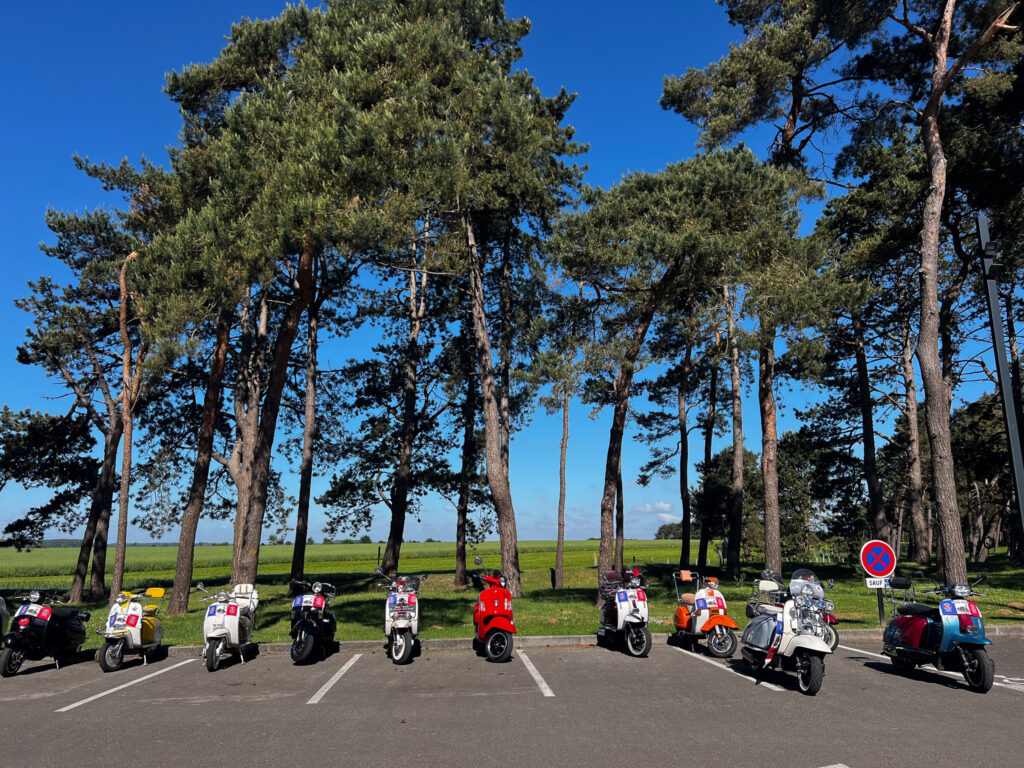


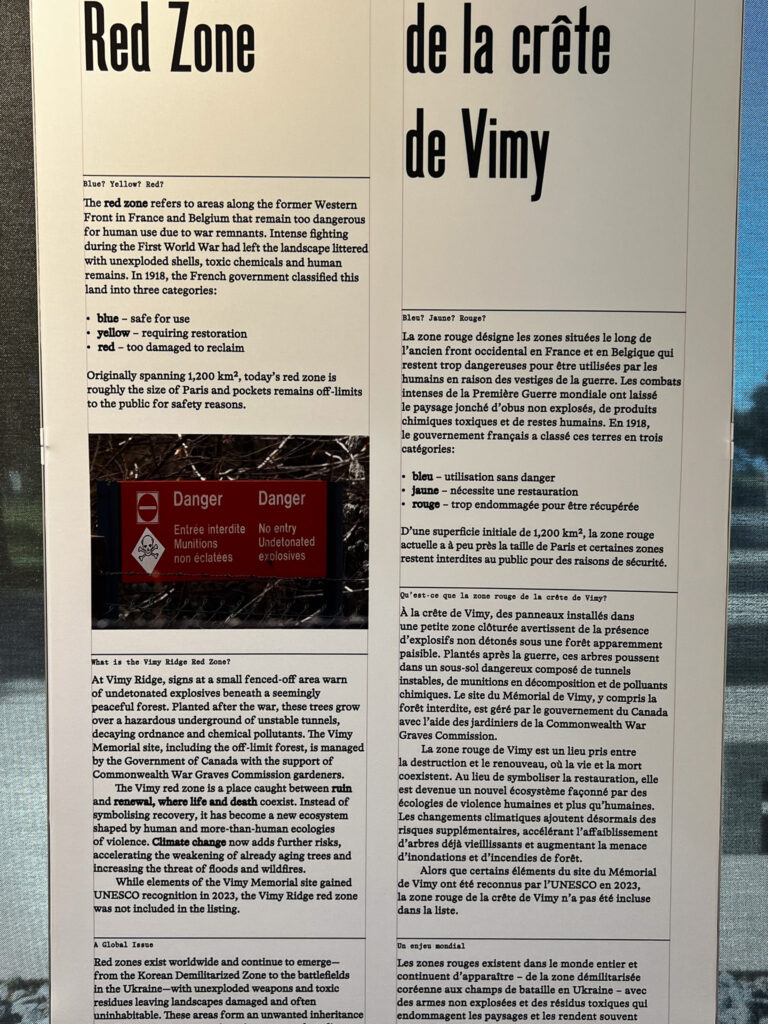

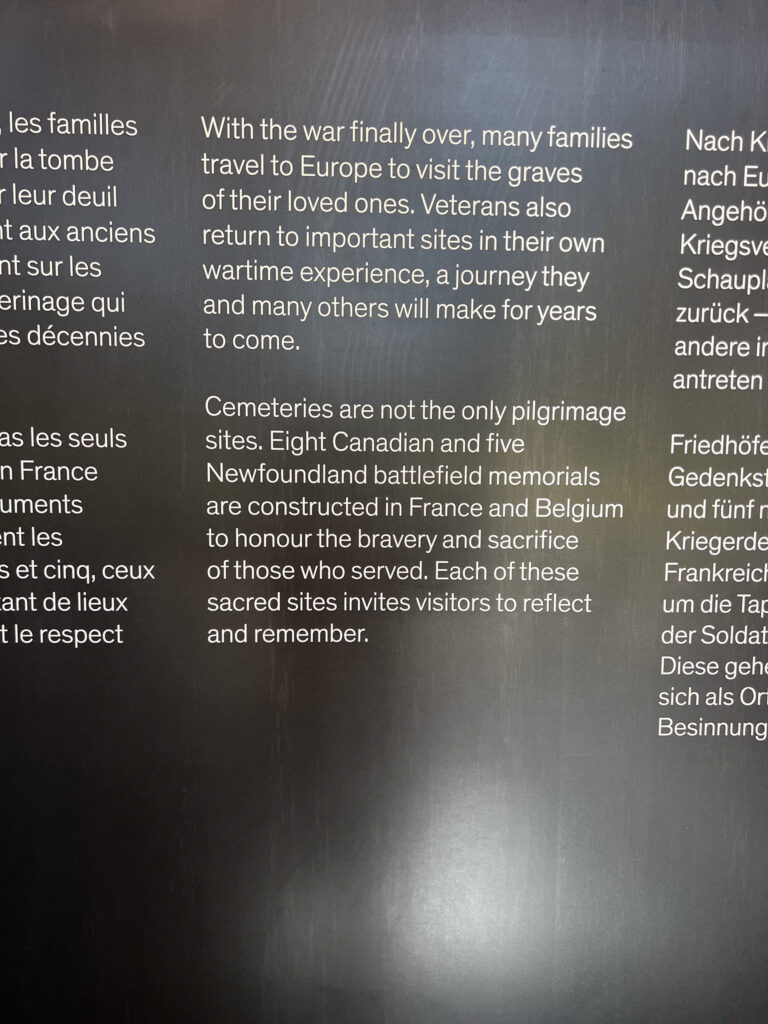
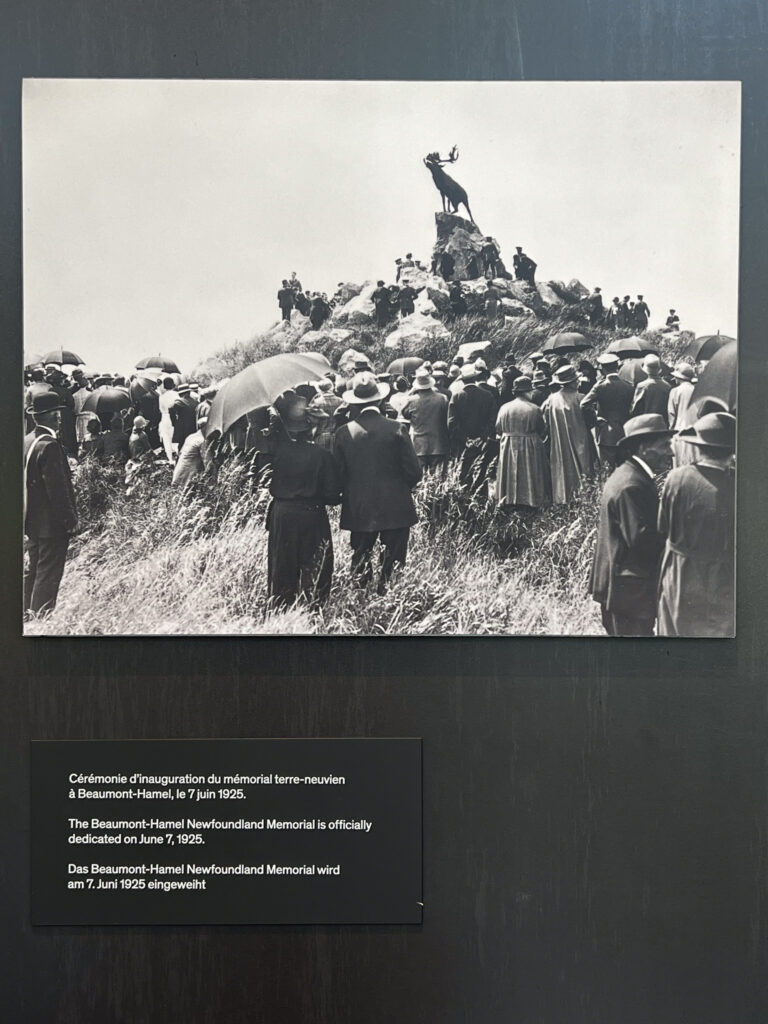
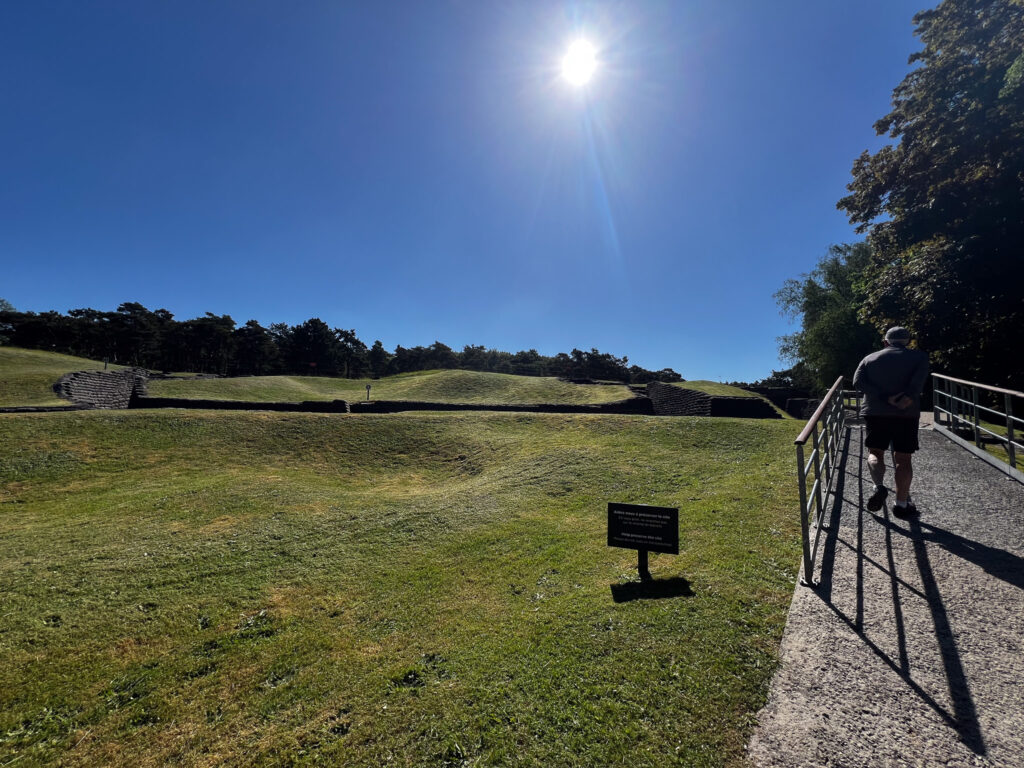
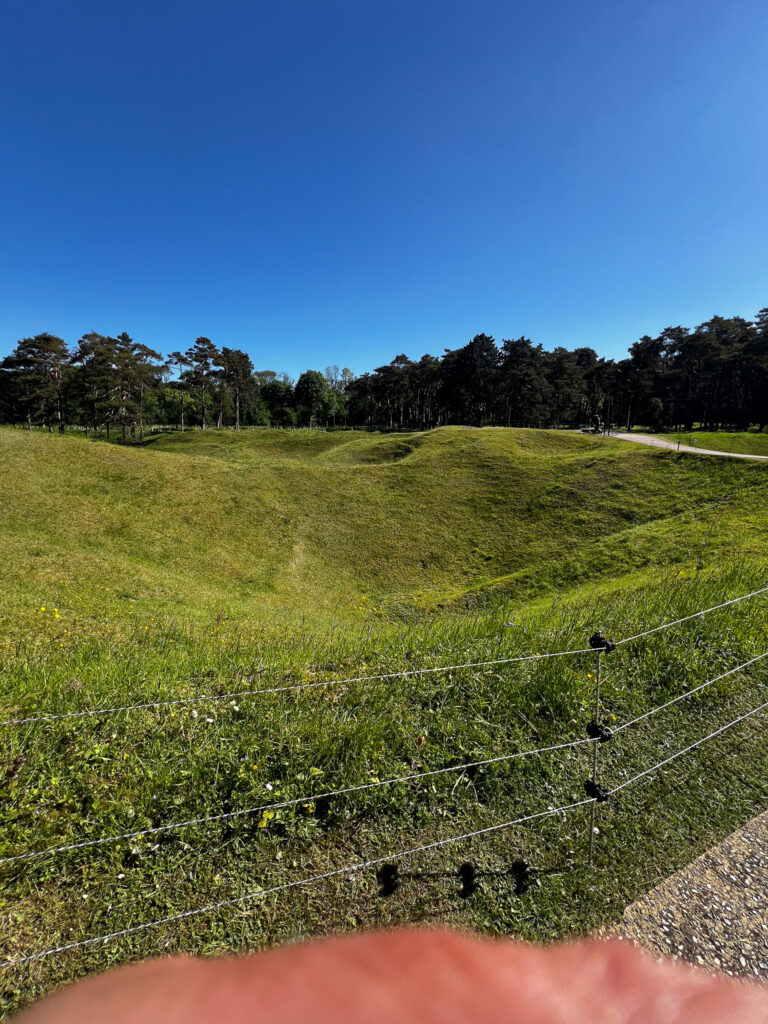
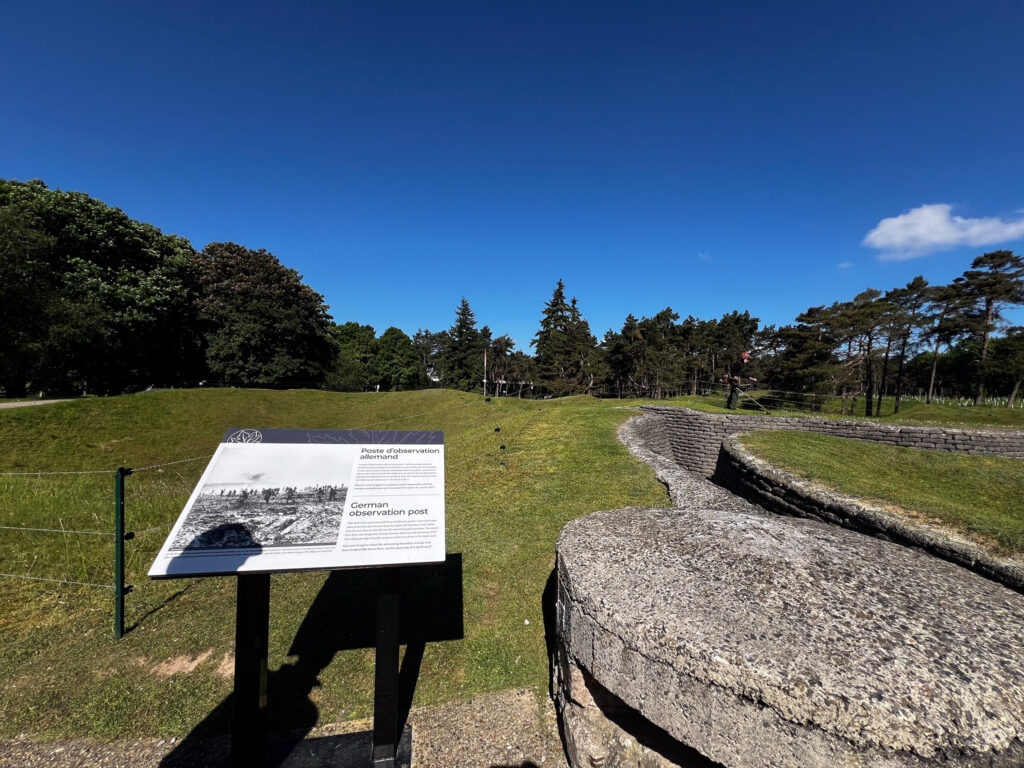
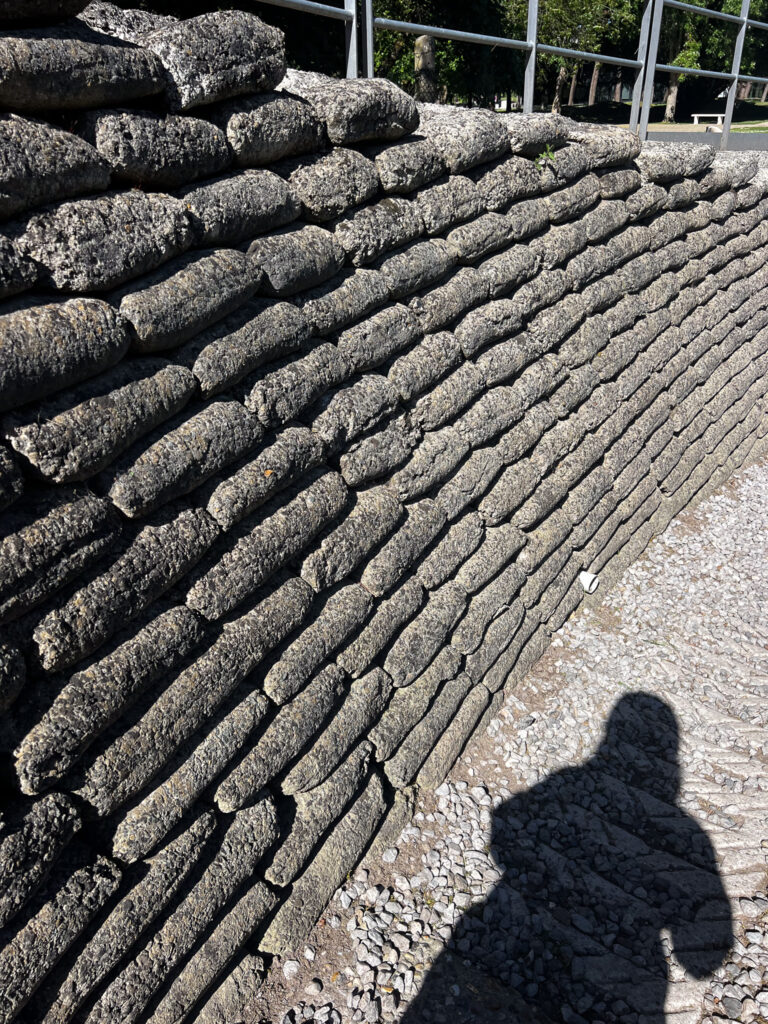
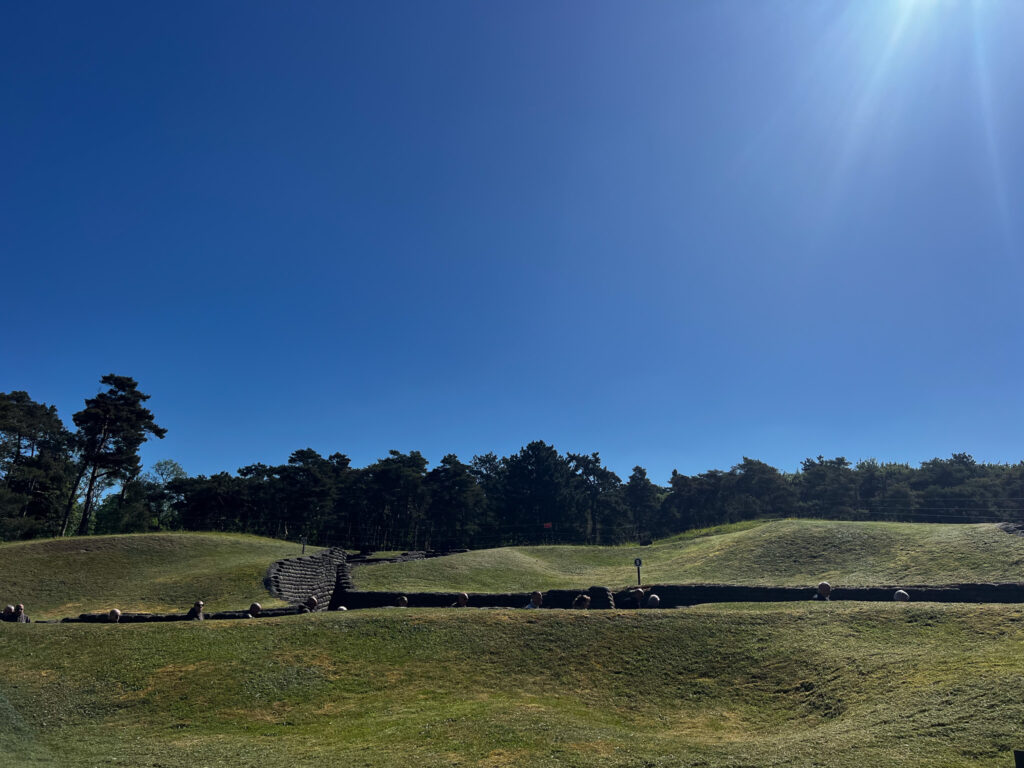
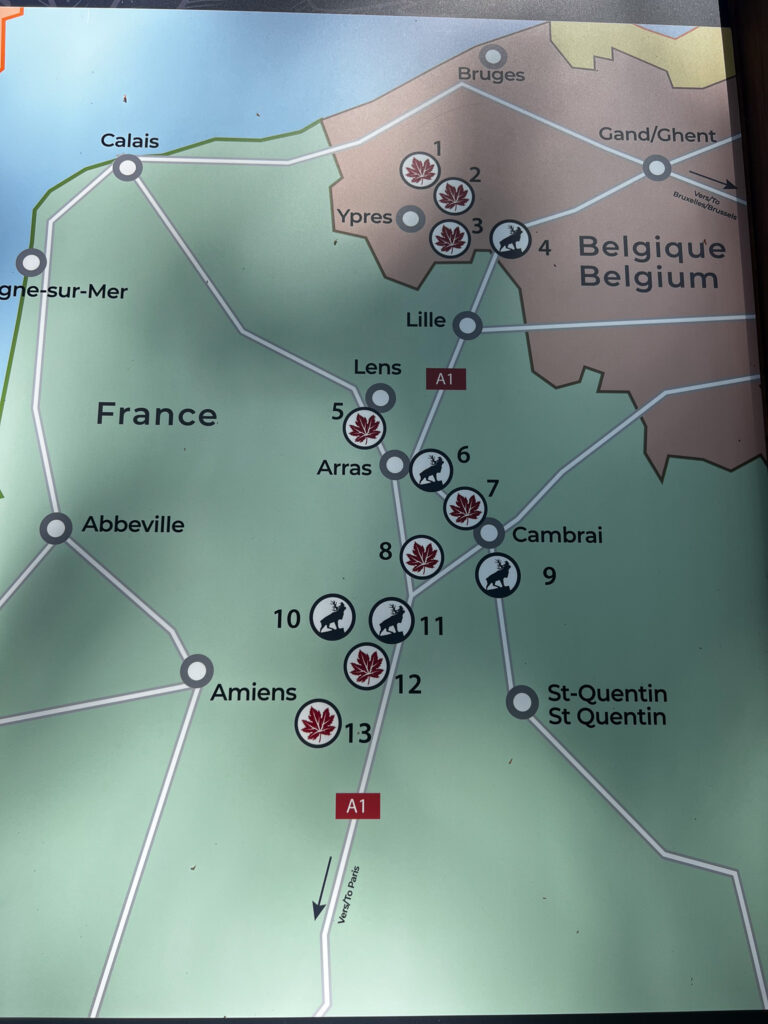
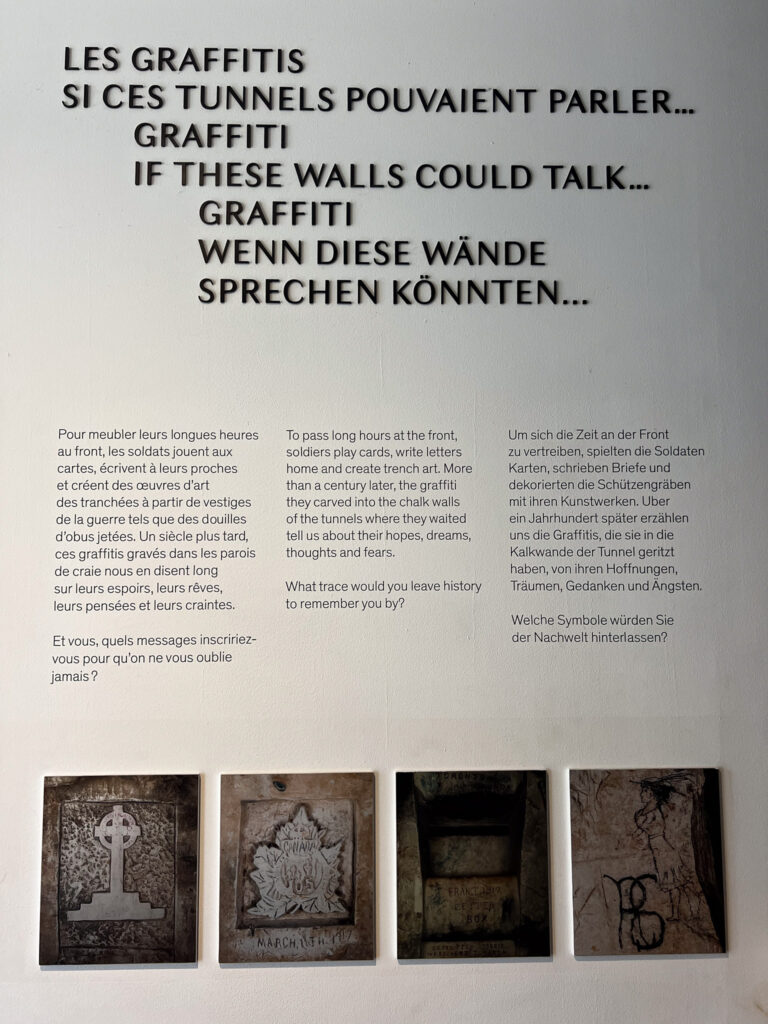
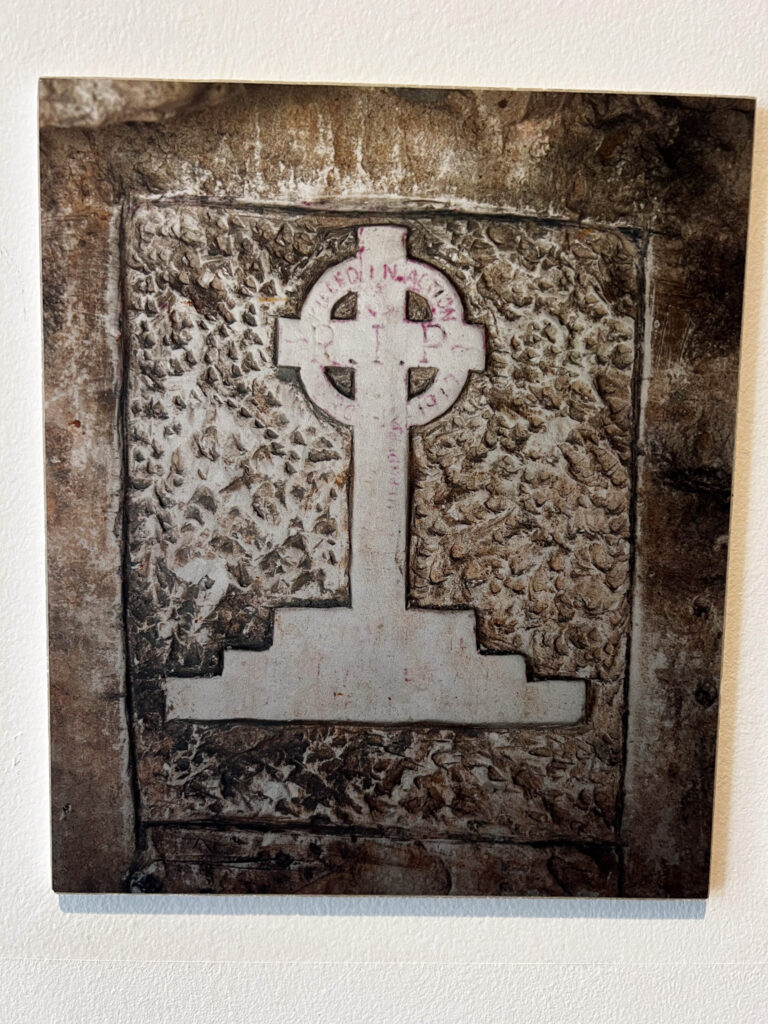
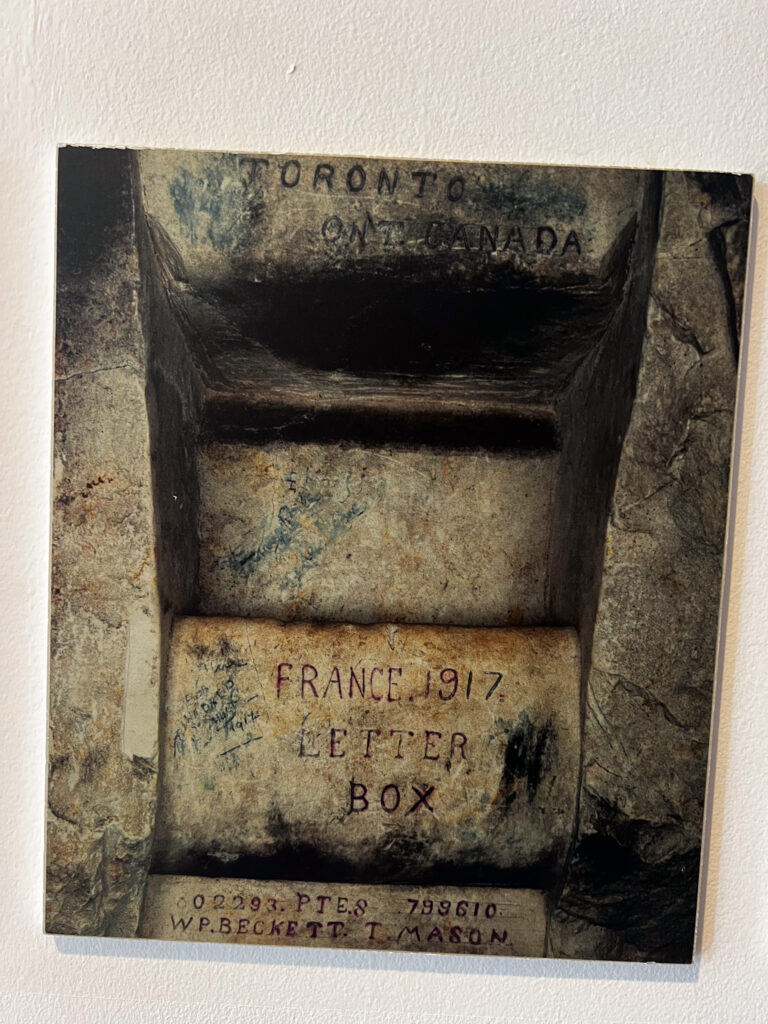
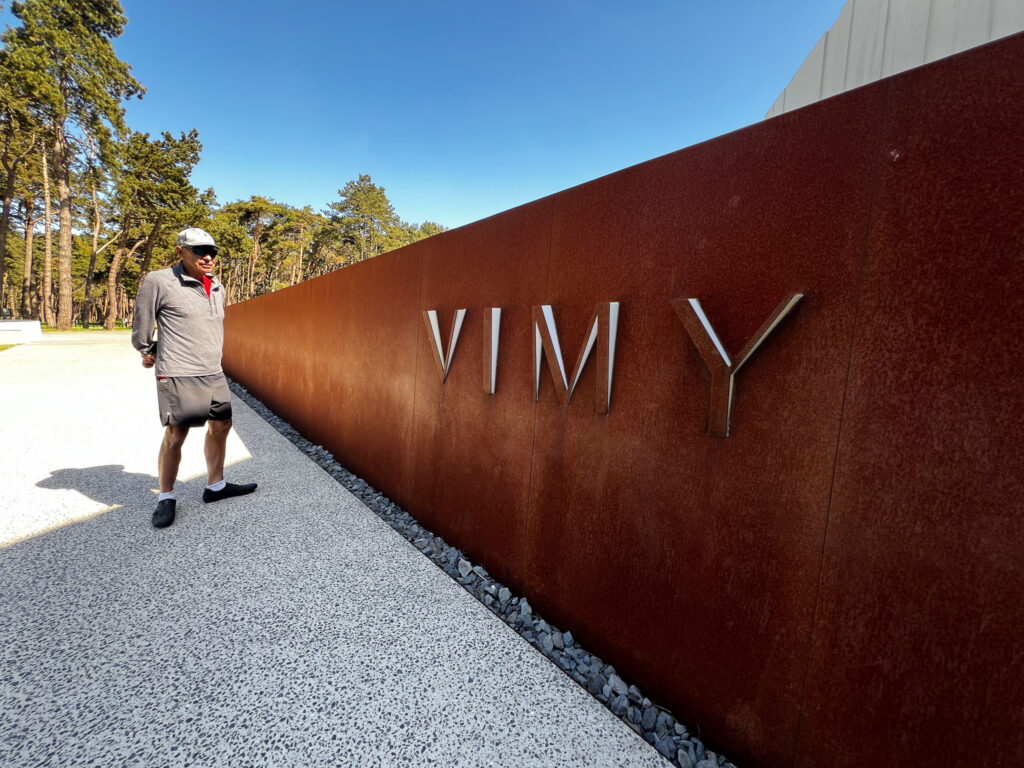
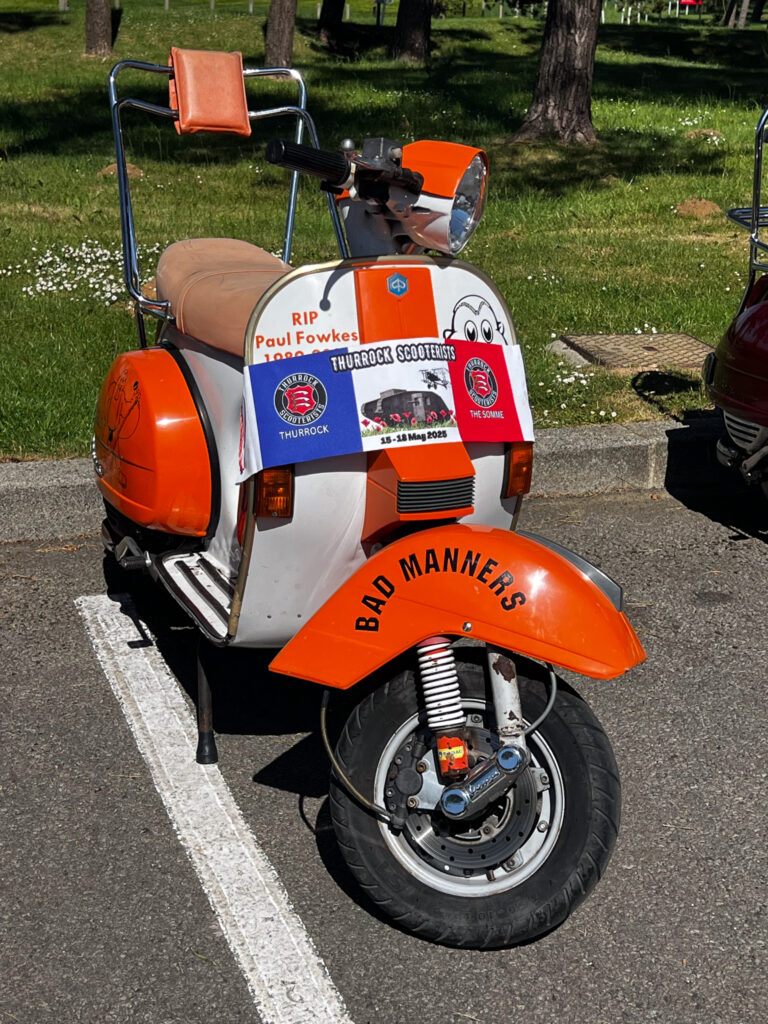
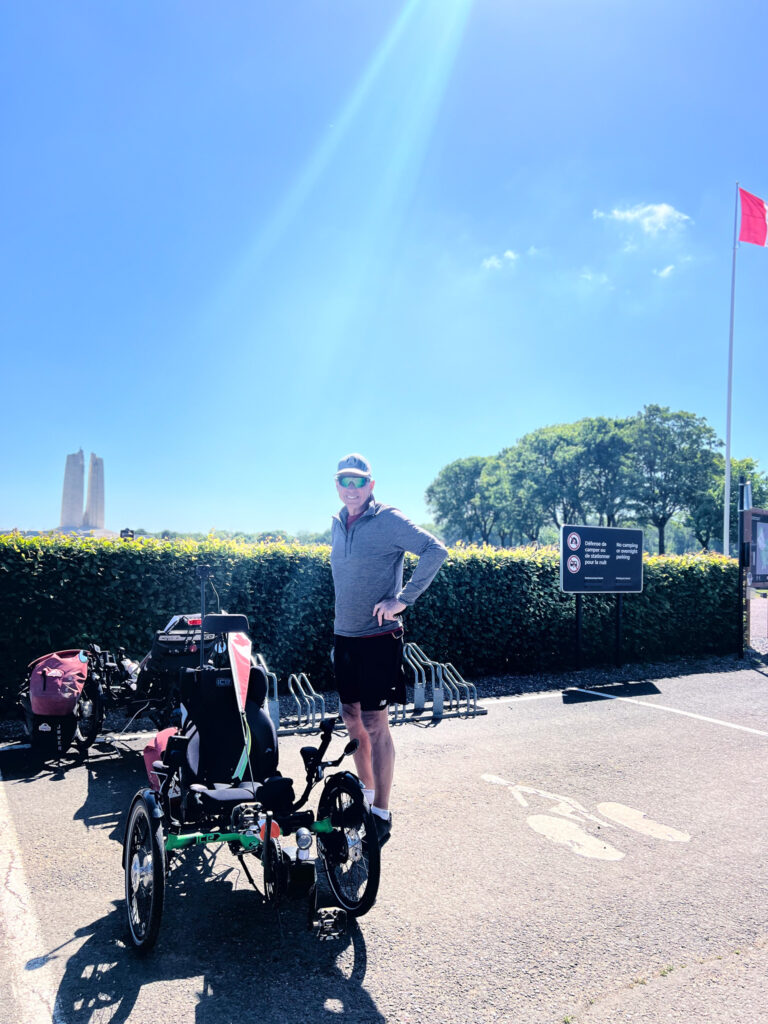
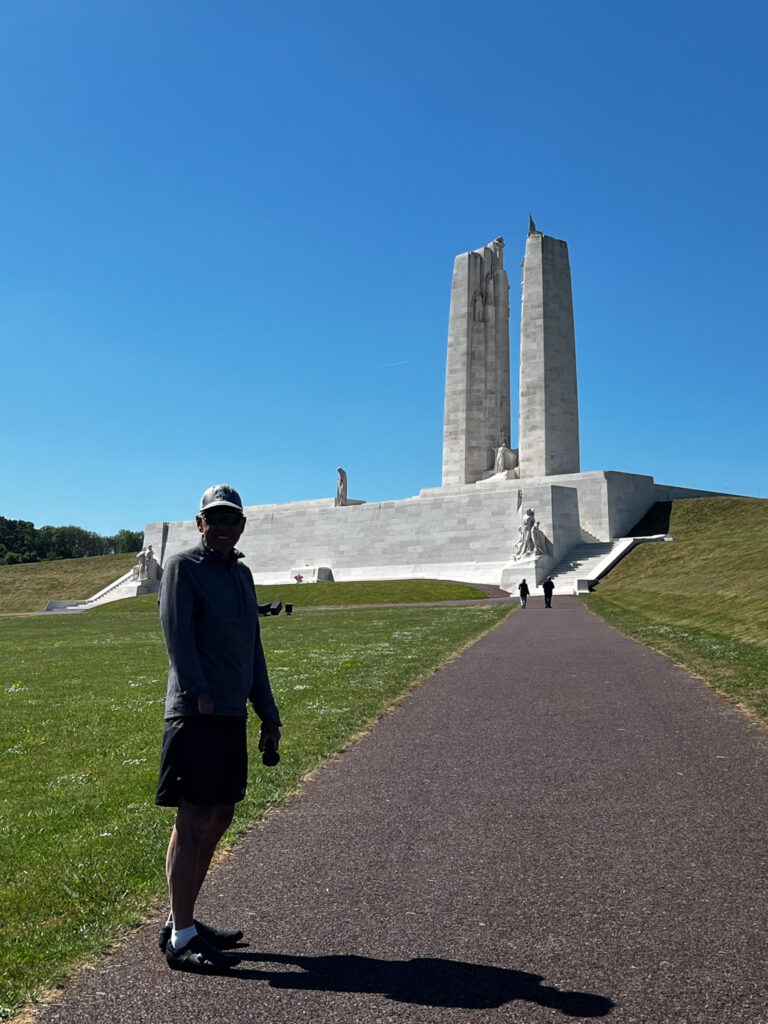
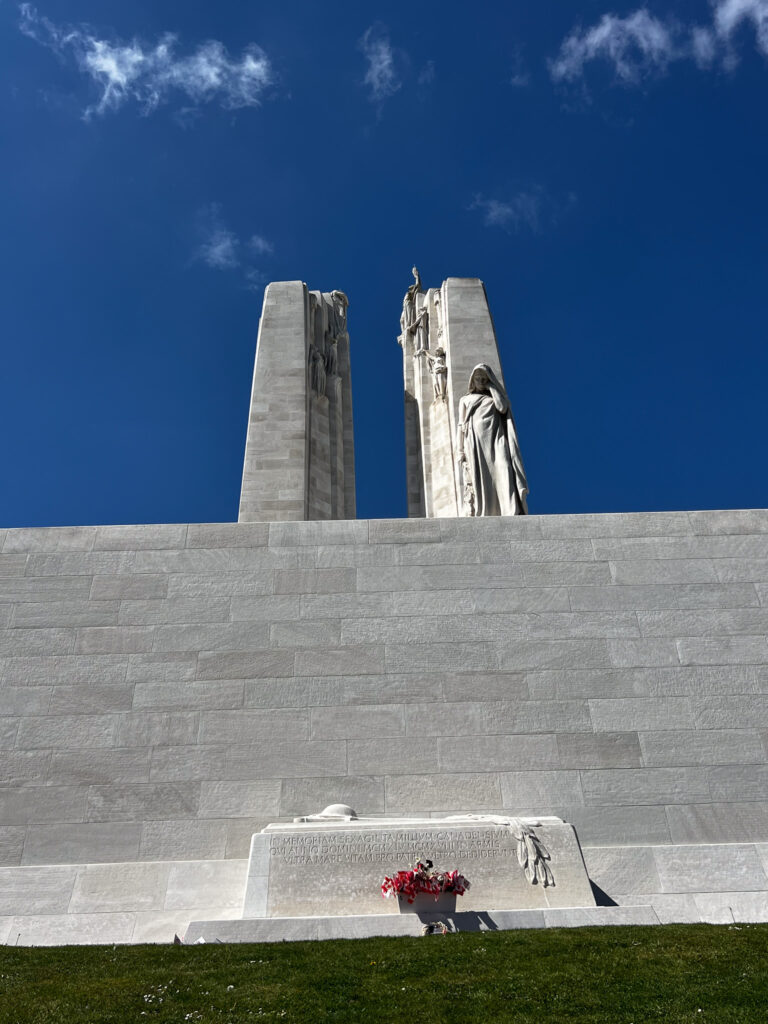
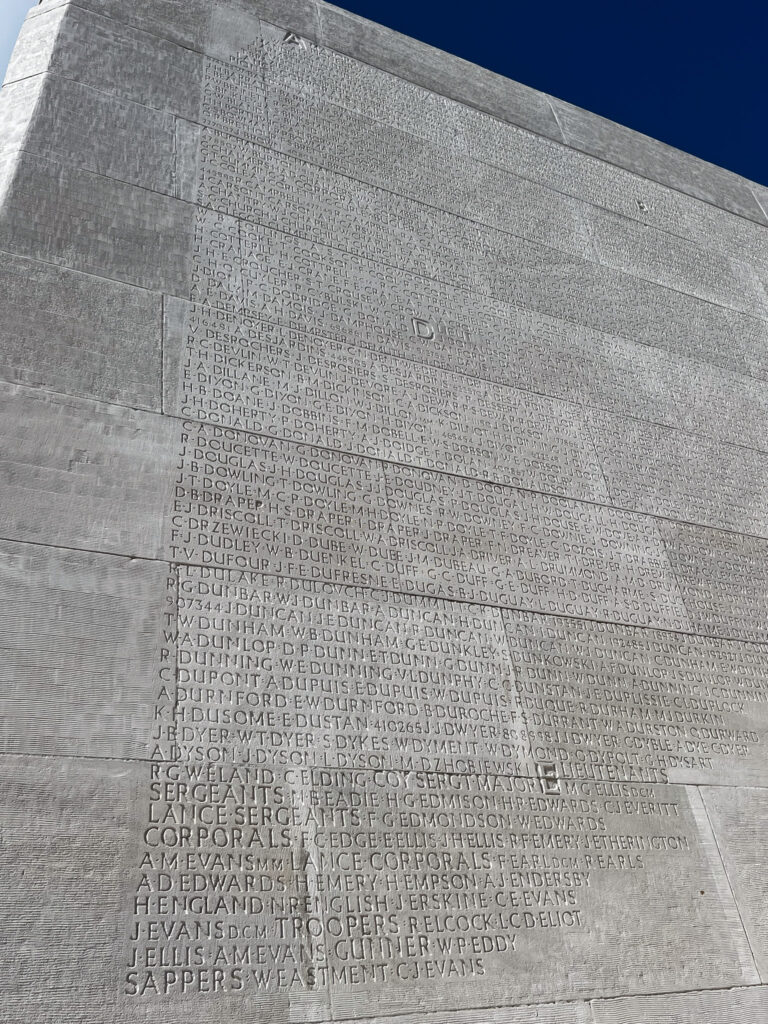
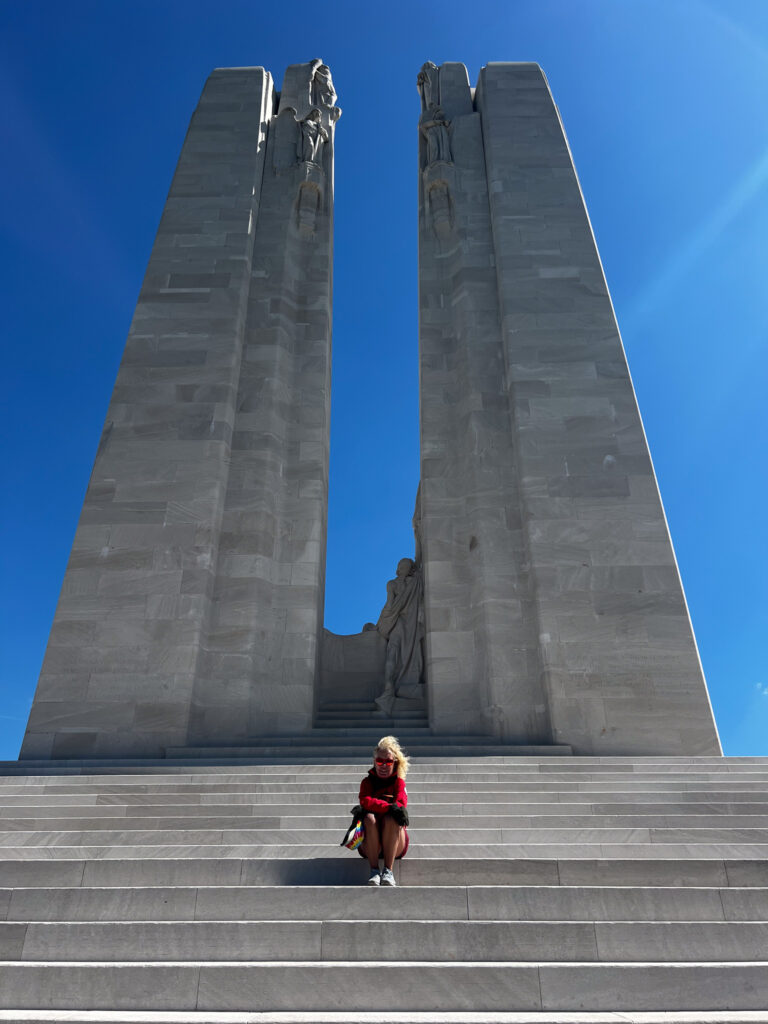

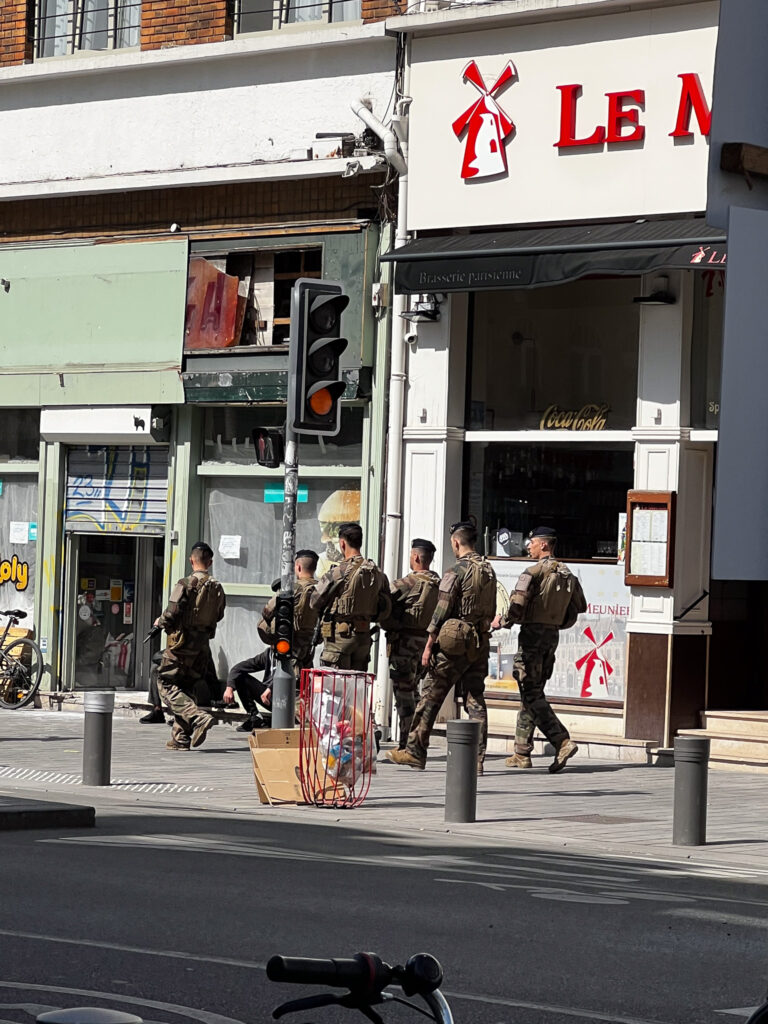

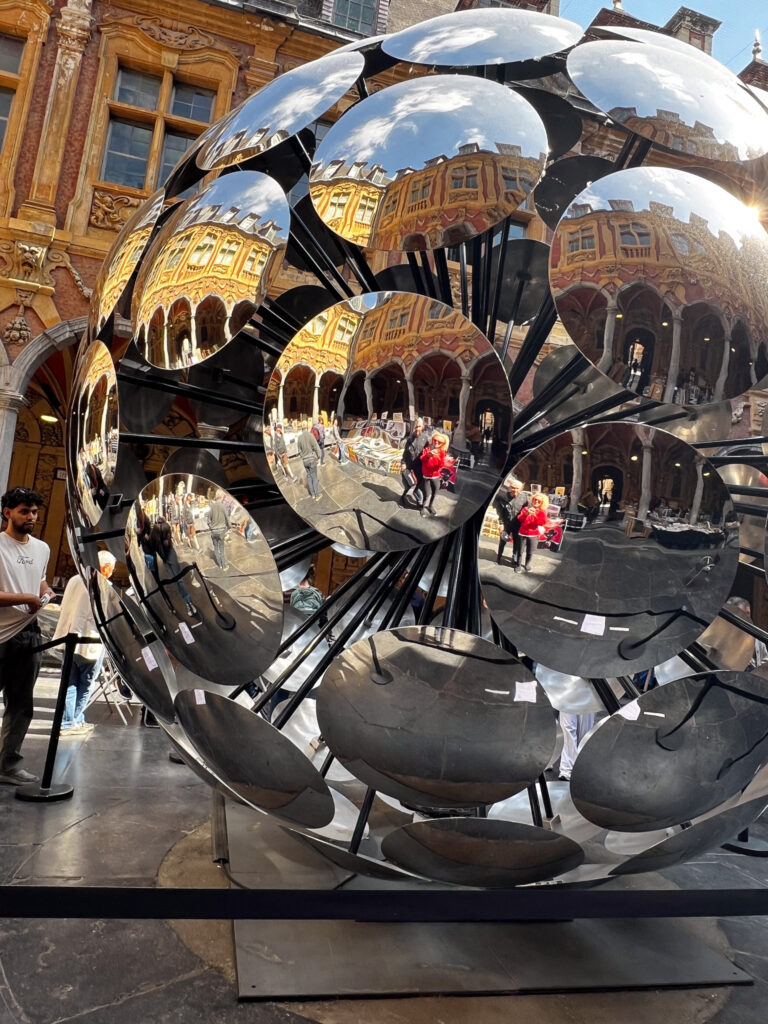
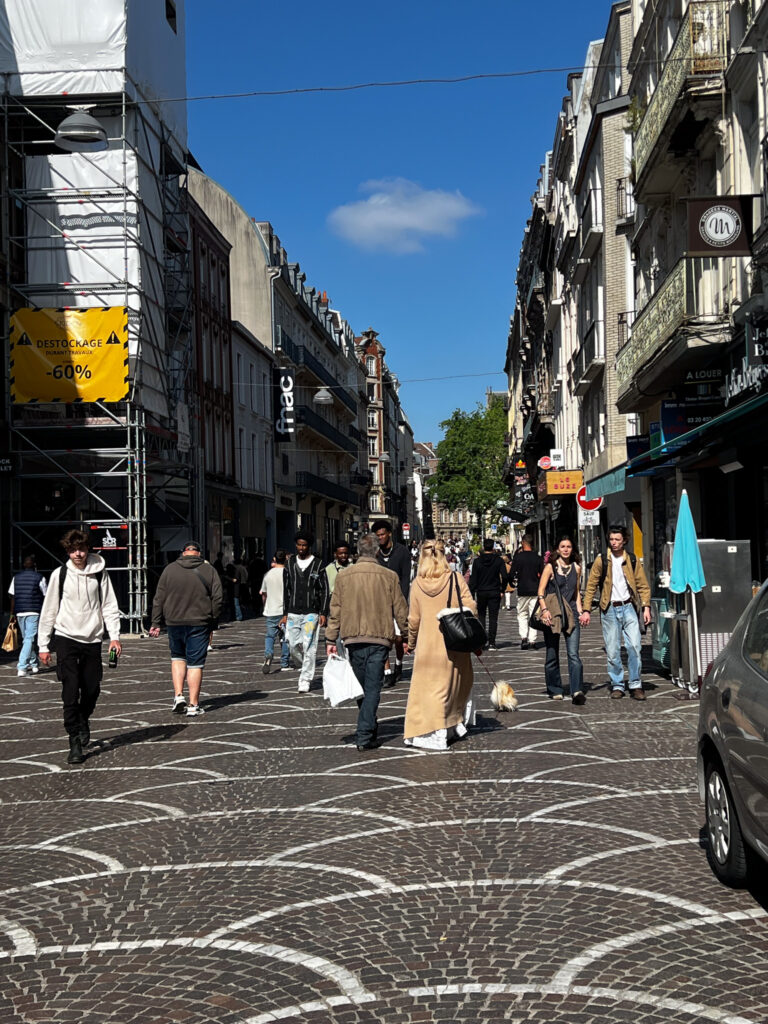
beautiful photos, your weather looks perf!
Those monuments are breathtaking. I can only imagine experiencing in person.
0
0